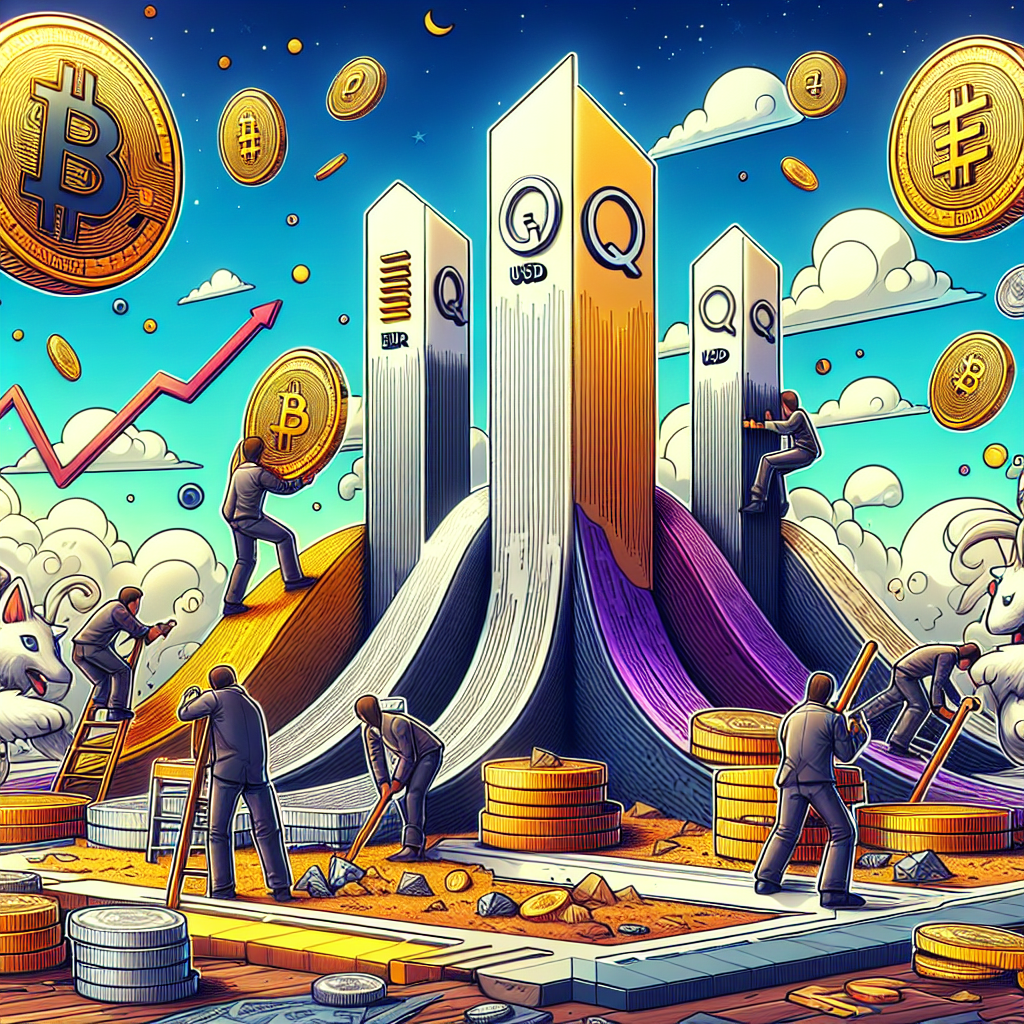Tag: Blockchain Technology
Singapore’s Gulf Bank is setting its sights on a $50 million acquisition of a stablecoin. This move marks ...
FIFA and Mythical Games Collaboration In a remarkable turn of events in the world of football, FIFA, the ...
Web3 Gaming: Collaboration Regarded as Key to Advancement An increasing number of seasoned industry professionals are echoing the ...
As the digital currency market evolves, new players continue to emerge, challenging established platforms in the quest for ...
Why Ethereum Needs a New Approach Ethereum, the second-largest blockchain ecosystem by market cap, is a key player ...
MasterCard, the global payment processing heavyweight, is partnering with JPMorgan, a leading international banking firm to develop an ...
The Open Network (TON), the blockchain project initially associated with the messaging app Telegram, presents a wealth of ...
A Glimpse into Web 3.0 and Improved Shopping Experiences As we transition into the digital age, the way ...
Renowned for its revolutionary approach, the Avalanche blockchain platform has gained traction in the technological industry. A standout ...
Unlocking the Crypto Airdrop Phenomenon The crypto world is proliferating with a variety of tokens via innovative ways, ...
In a strategic move aimed at transforming the dynamics of the crypto market, Quantoz, a renowned blockchain technology ...
El Salvador: Pioneering the Crypto Revolution The Central American nation of El Salvador has been making waves in ...















